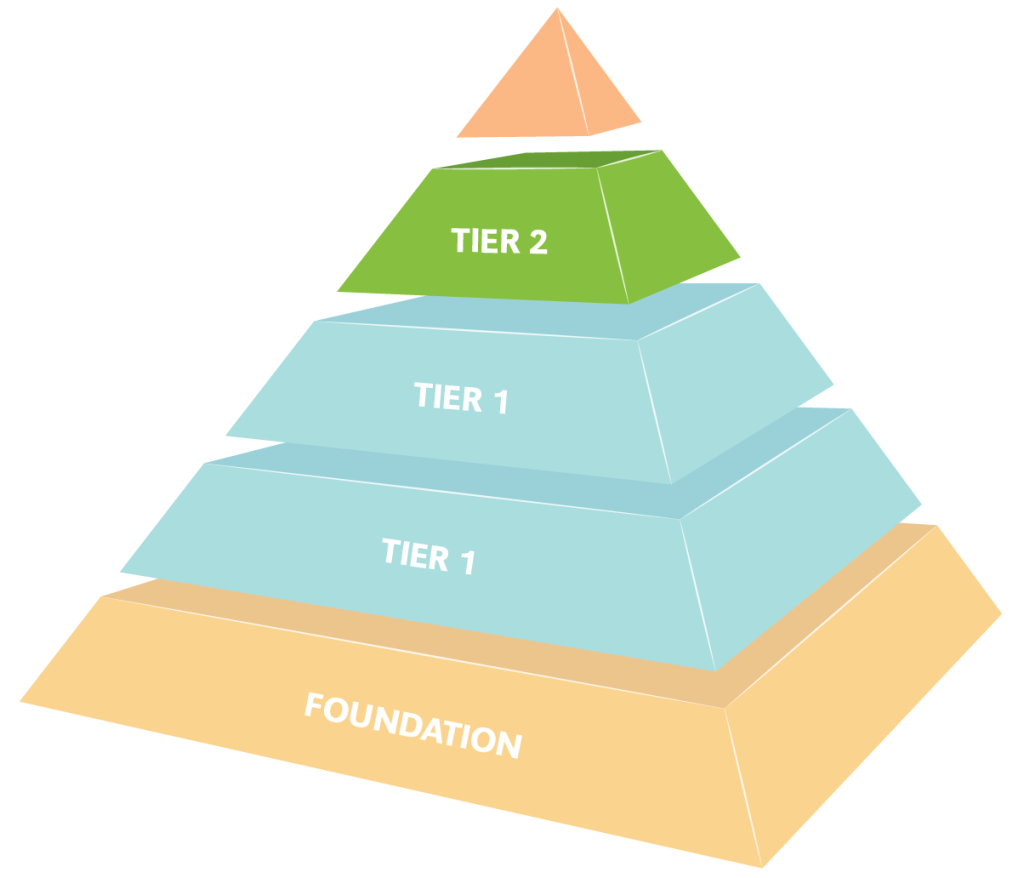
Why No Biomotor Ability Can Be Expressed Without Movement Skill
In the pursuit of performance, coaches often obsess over speed, strength, and endurance. These biomotor abilities are essential—yes—but none of them can be fully expressed without a vehicle. That vehicle is skill.
Whether it’s movement, fitness, or sport, every physical output must pass through the filter of neuromuscular coordination and patterned precision. In simple terms:
No strength without position. No speed without timing. No endurance without rhythm.
What Is the Skill Pyramid?
The Skill Pyramid is the foundational model we use at Aruka Performance to help athletes and coaches understand this simple hierarchy:
- Motor Literacy – Can the body interpret and organize movement through space?
- Movement Proficiency – Can patterns be expressed with control, fluidity, and reactivity?
- Fitness Application – Can conditioning or strength be layered onto sound movement?
- Sport-Specific Skill – Can all of the above be executed in dynamic, reactive, high-pressure contexts?
The pyramid teaches that performance begins at the bottom, not the top. You can’t train sport-specific skill—or even fitness—without the movement bank that makes them possible.
Skill Is a Cognitive Process, Not Just a Physical One
Here’s what the research is showing: Movement skill is deeply tied to brain function. Skill acquisition involves:
- Motor cortex activation
- Working memory
- Spatial awareness
- Timing and sequencing
- Problem-solving under changing constraints
In fact, studies show that diverse movement exposure (e.g., gymnastics, dance, parkour, martial arts) not only improves athleticism—but also correlates with greater cognitive flexibility, decision-making speed, and even academic performance in youth athletes.
“Movement diversity builds not just the body, but the brain.”
Why This Matters for Performance Coaches
When we use a skill-based model, several things happen:
- We increase the bank of motor options—so athletes can adapt faster, move more efficiently, and avoid overuse.
- We reduce injury risk—because athletes don’t default to the same motor patterns under stress.
- We enhance transfer—athletes can apply fitness gains across a broader spectrum of demands.
- We train the brain as much as the body—leading to quicker learning, better reaction times, and smarter play.
Strength Without Skill? It’s a Liability.
A common mistake is thinking that once an athlete is strong, they are safe. But raw force without movement competency leads to:
- Joint overload
- Energy leaks
- Compensation chains
- Slower adaptation to new stimuli
It’s not just how much force you can produce—it’s how well you apply it in real time, under real conditions.
That’s what skill governs.
Practical Application: Building the Pyramid
At Aruka, here’s how we build athletes from the ground up:
- Expose them to diverse movement challenges early (crawls, rolls, balance, rhythm, change of direction).
- Refine patterns slowly under different speeds, loads, and environments.
- Integrate movement into basic strength and conditioning protocols (not isolate them).
- Layer skill into reactive drills, sport situations, and time-constrained tasks.
- Revisit the base of the pyramid often—especially when things break down.
A Strong Pyramid Can’t Be Skipped
You wouldn’t build a skyscraper on sand. Yet many athletes are being asked to express high-level outputs on unstable foundations.
They’re being taught to run faster before they know how to decelerate.
To lift heavier before they know how to hinge.
To compete harder before they’ve learned to move well.
That’s not performance. That’s negligence.
Final Thought: Skill Is the Master Key
Every biomotor trait—power, stamina, strength, agility—must pass through the doorway of skill. That doorway is neurological, patterned, and trained over time.
And when we build it deliberately, we create athletes who don’t just perform—they adapt, thrive, and last.
Leave a Reply